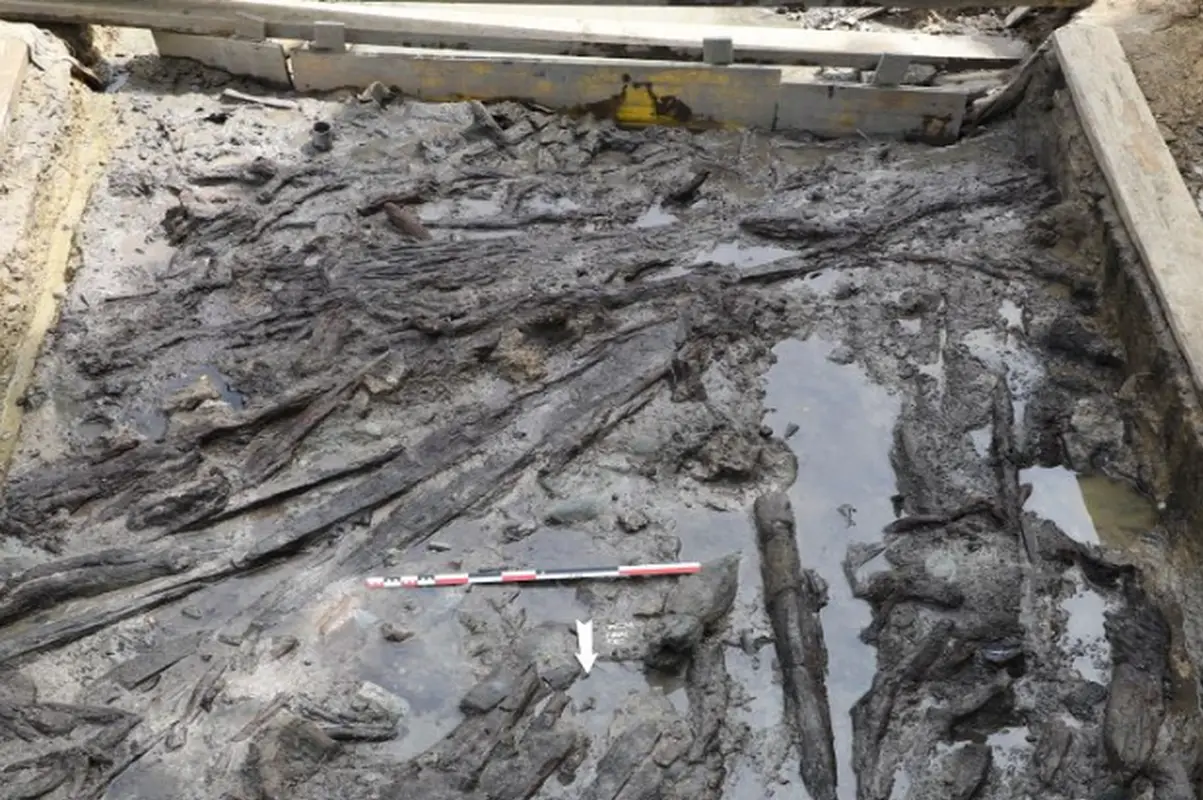Archaeologists have discovered wooden architectural elements at the La Draga Neolithic settlement.
La Draga is an ancient lakeshore settlement, located in the Spanish city of Banyoles, Catalonia. The site was first discovered in 1990, where excavations unearthed an Early Neolithic Cardial settlement occupied from the end of the 6th millennium BC.
Two main excavation seasons can be identified at La Draga. The first season (1991-2005) focused on three areas (sectors A, B, and C). The second season (2008-2015) focused on sector D, and revealed new areas of sector A.
In a recent study of sector B, archaeologists have made several major discoveries that provides new insights into the construction techniques and daily practices of the settlement inhabitants.
The project is a collaboration between the Autonomous University of Barcelona (UAB), the Superior Council for Scientific Research (CSIC-IMF Barcelona), the Museum of Archaeology of Catalonia (MAC), and IPHES-CERCA.
Archaeologists found large planks and structural elements made from wood, corresponding with the walls and floors of the Neolithic dwellings. The team also found several preserved domestic objects, such as utensils, handles, a whisk, and a basket made from oak, yew, and boxwood.
The wooden remains have been remarkably preserved due to the anaerobic conditions beneath the soil strata. This is due to the water table, where the soil or substrate has little to no available oxygen.
According to the researchers: “Sector B has provided exceptional preservation of the wooden elements. This conservation allows a detailed study of the materials, which are currently being analysed by experts. This will shed new light on the construction techniques and daily practices of the Neolithic inhabitants of La Draga.”
Header Image Credit : Catalan Institute of Human Palaeoecology and Social Evolution
Sources : IPHES-CERCA





